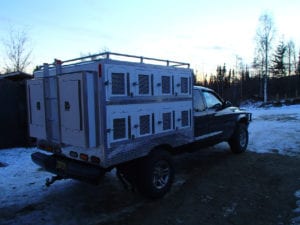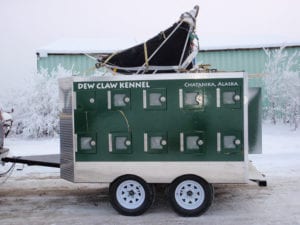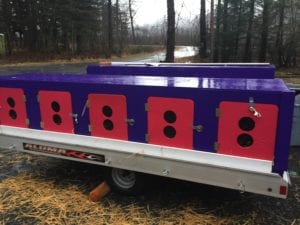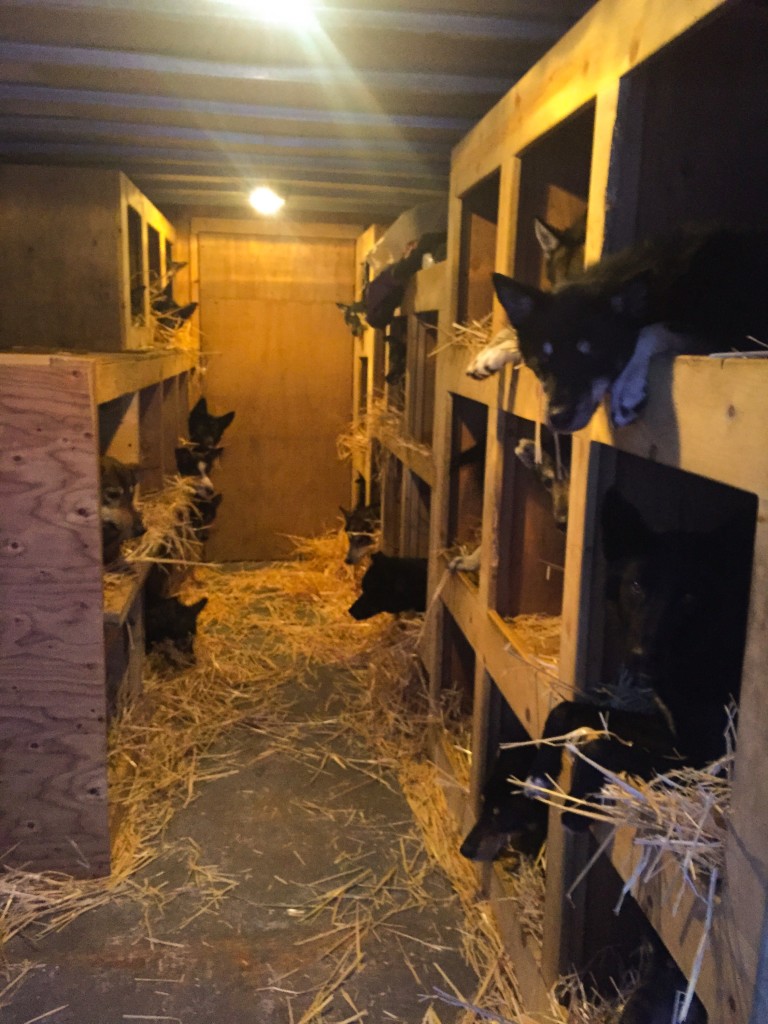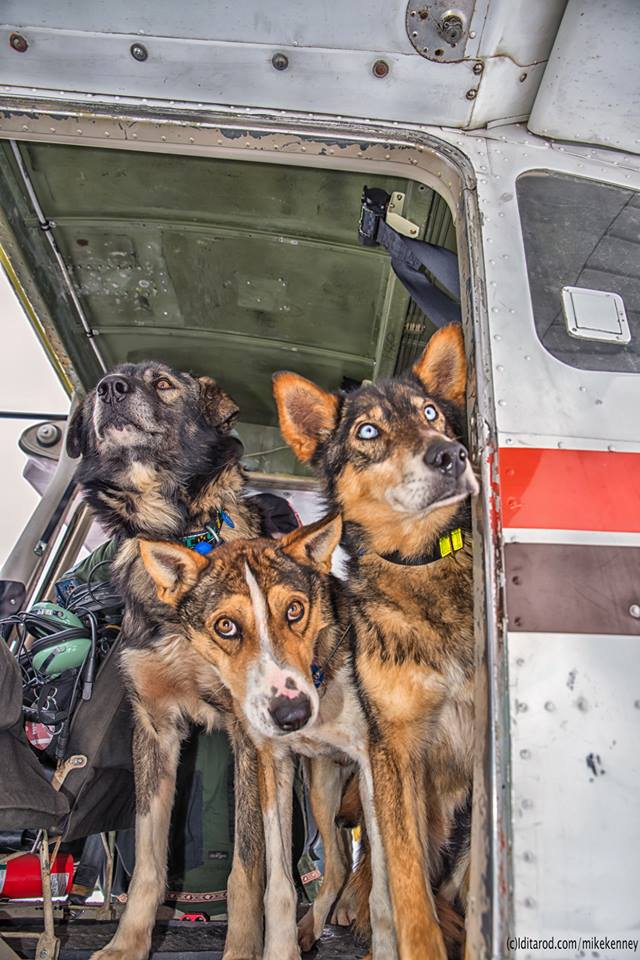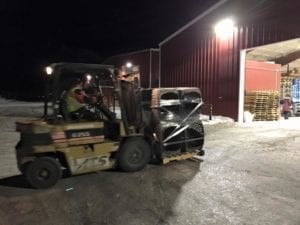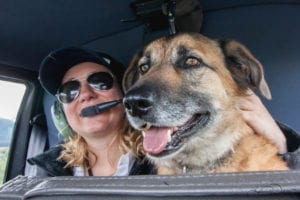Well, I’ve been scouring the internet and finally found a picture of Travis and Team in Takotna on their 24-hour layover.
Right now, Travis sits approximately 6.5 hours behind the current front runners. He’s traveling at similar speeds to most of the front runners so that 6.5 hours is primarily from additional rest that Travis has put into his team.
This extra rest is going to be a real benefit in the miles ahead as the trail looks slow and tough leaving Ophir — just look at Joar’s runtime time to Iditarod (though he did stop for about 3 hour). That extra rest will certainly help the team there!
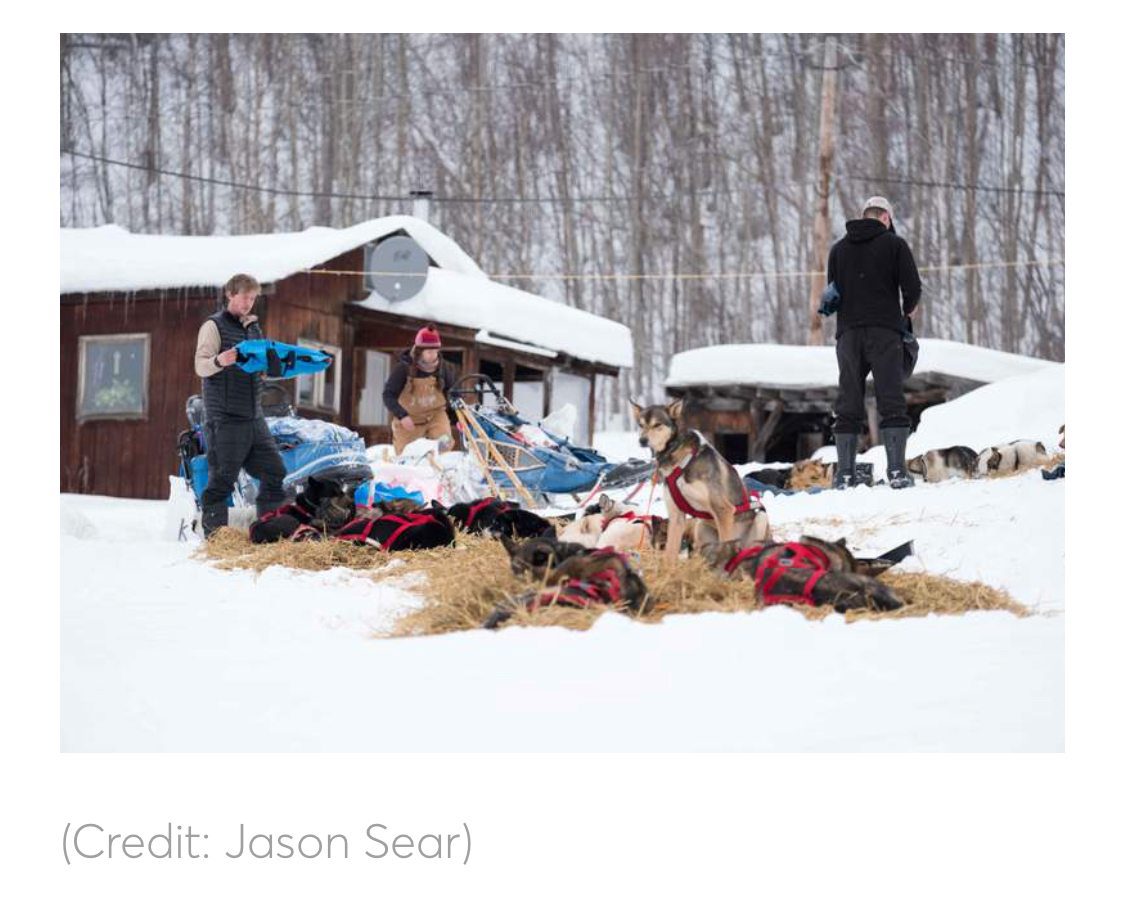
YesTravis’ decision to rest for two hours in McGrath wasn’t originally part of the race plan we designed but was decided on due to the fact that the trail into McGrath wasn’t good. Given the trail conditions and suspected forecast — I think he’s right and made a great choice in stopping.
Up until now, Travis has had a very conservative run/rest schedule for a competitive team. This has allowed his team to stay in better shape. Rather then go into his 24 with the dogs depleted and needing to recover, the dogs go into the 24 stronger making their rest more beneficial and coming out of the 24 much tougher.
Travis’ race strategy up until now seems to have paid off. His team is eager — the word is that his dogs barked and screamed upon his arrival in Takotna with several dogs jumping and lunging in harness. Although the team was clearly capable of continuing on, Travis shut them down. Keeping the dogs eager to go will ensure a strong team moving forward.
The dogs are also eating and resting well. So far, the dogs have eaten every meal they’ve been offered. This is a tell-tale sign that the team is shaping up nicely. How a dog team eats is often one of the surest ways to measure how that team is feeling. Having every dog wolf down its meal is a definite confidence booster for any musher and this team, it seems, is shaping up to be one of the strongest teams Travis has ever driven in Iditarod.
Travis will depart Takotna 5:56 am Thursday morning.
Go Trav go!
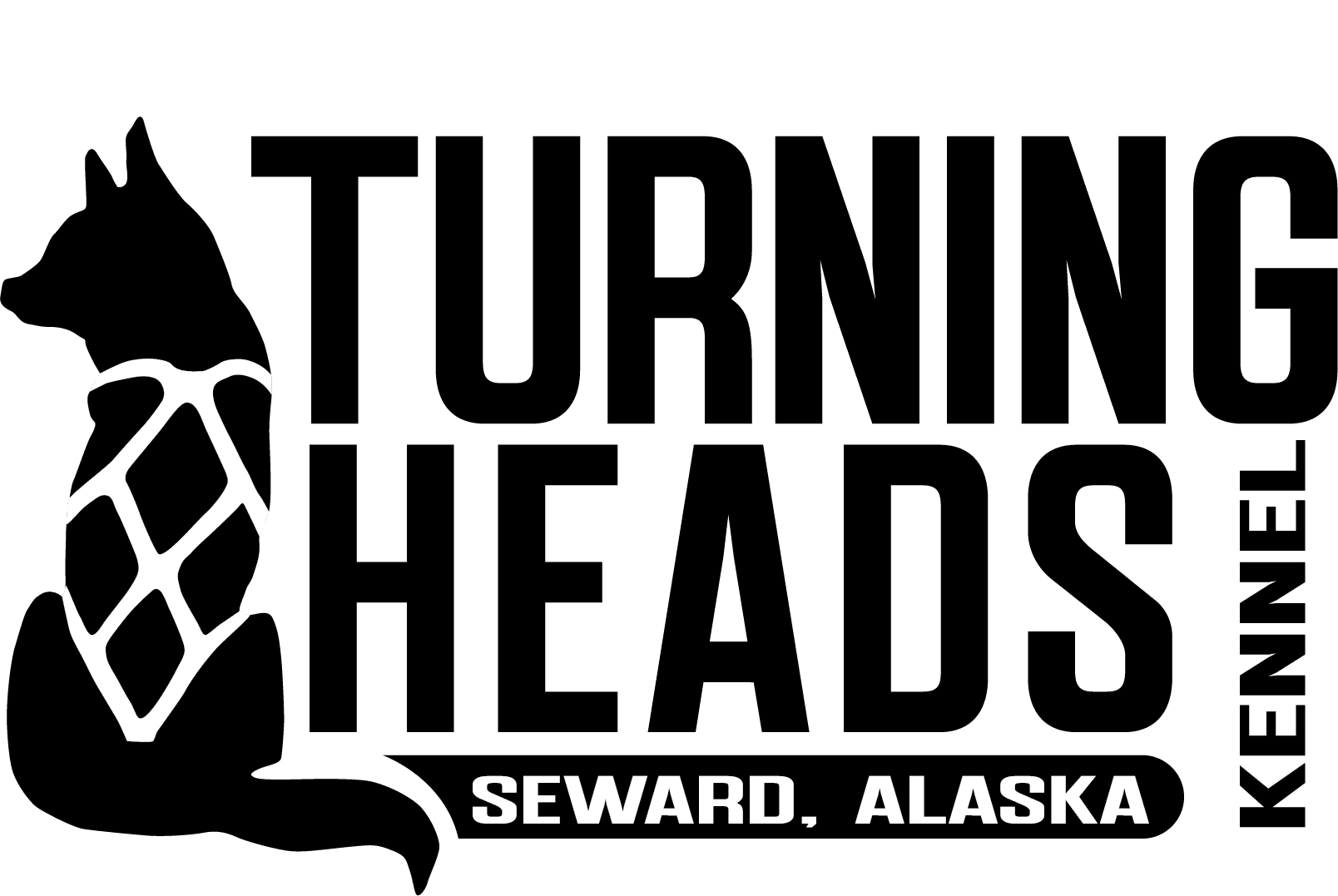
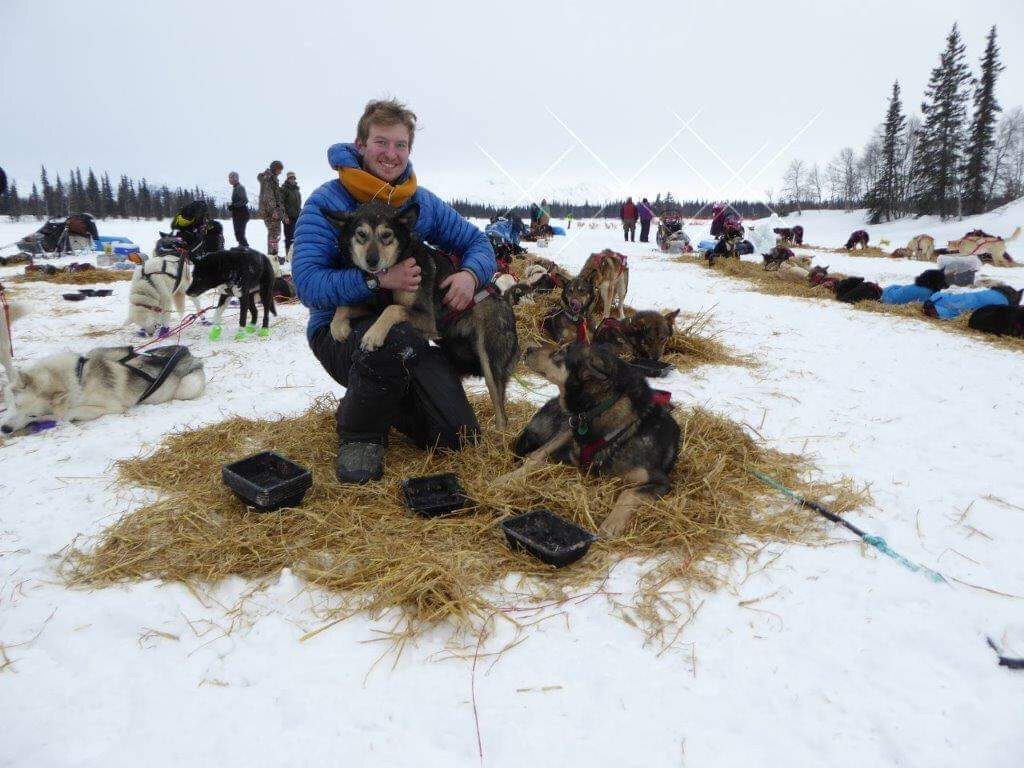
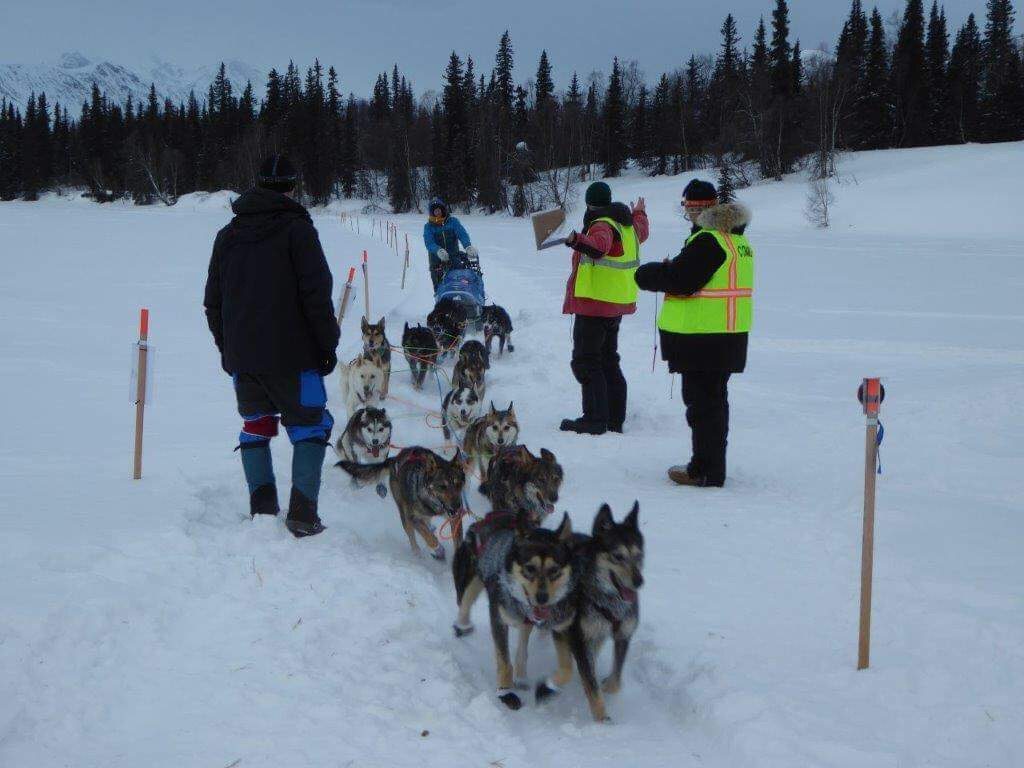
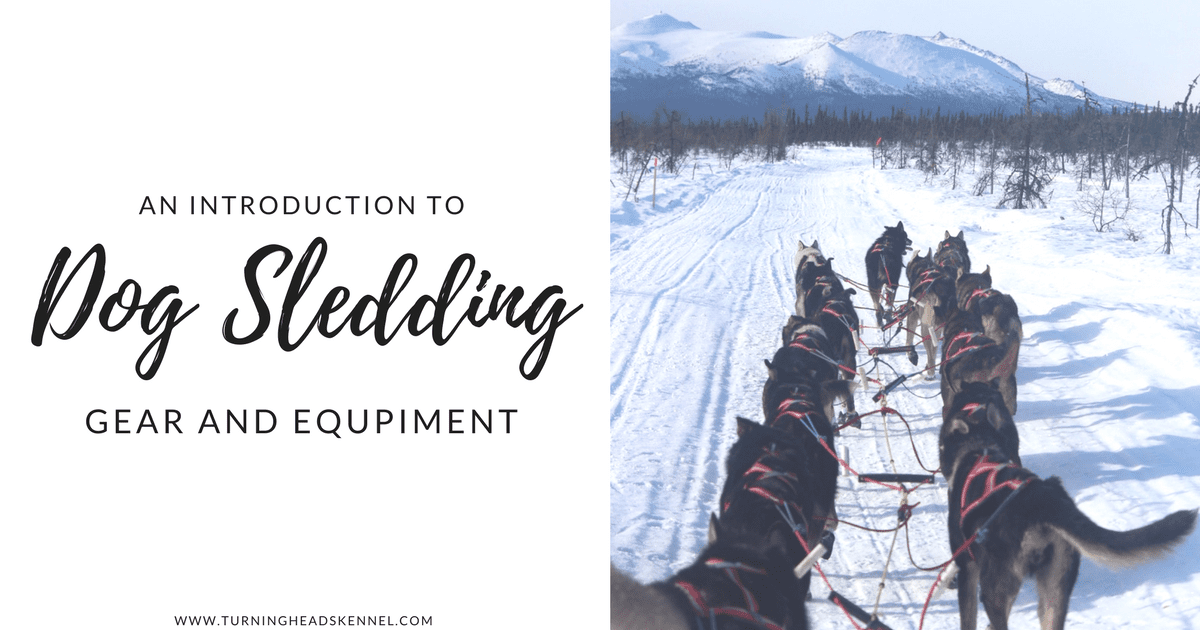
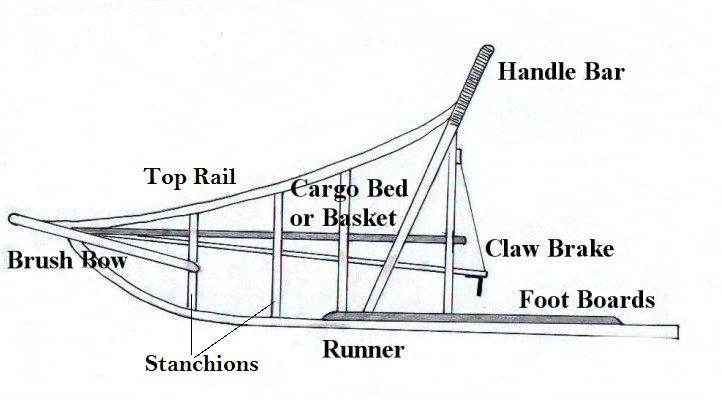
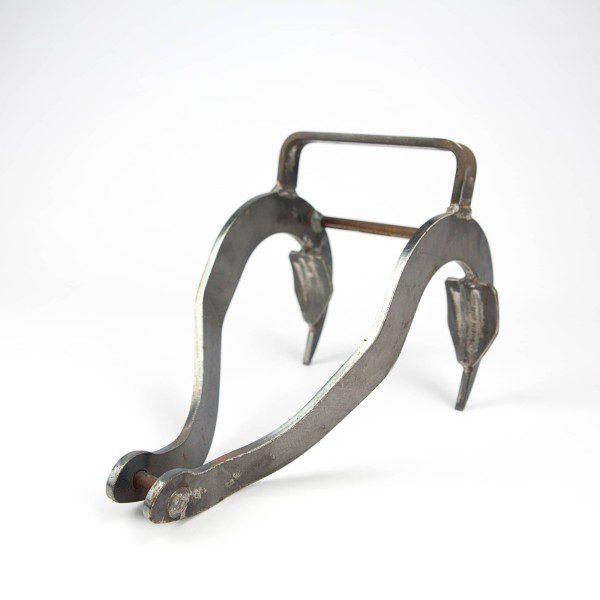
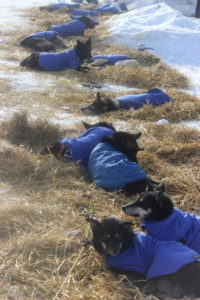
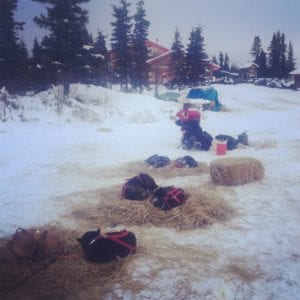
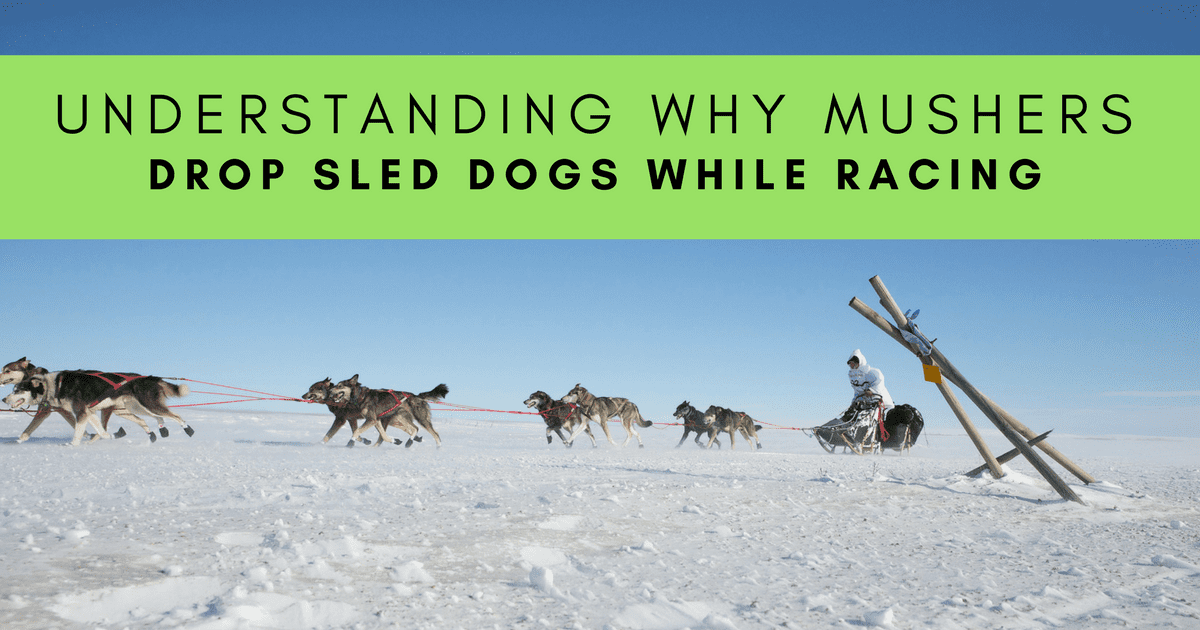
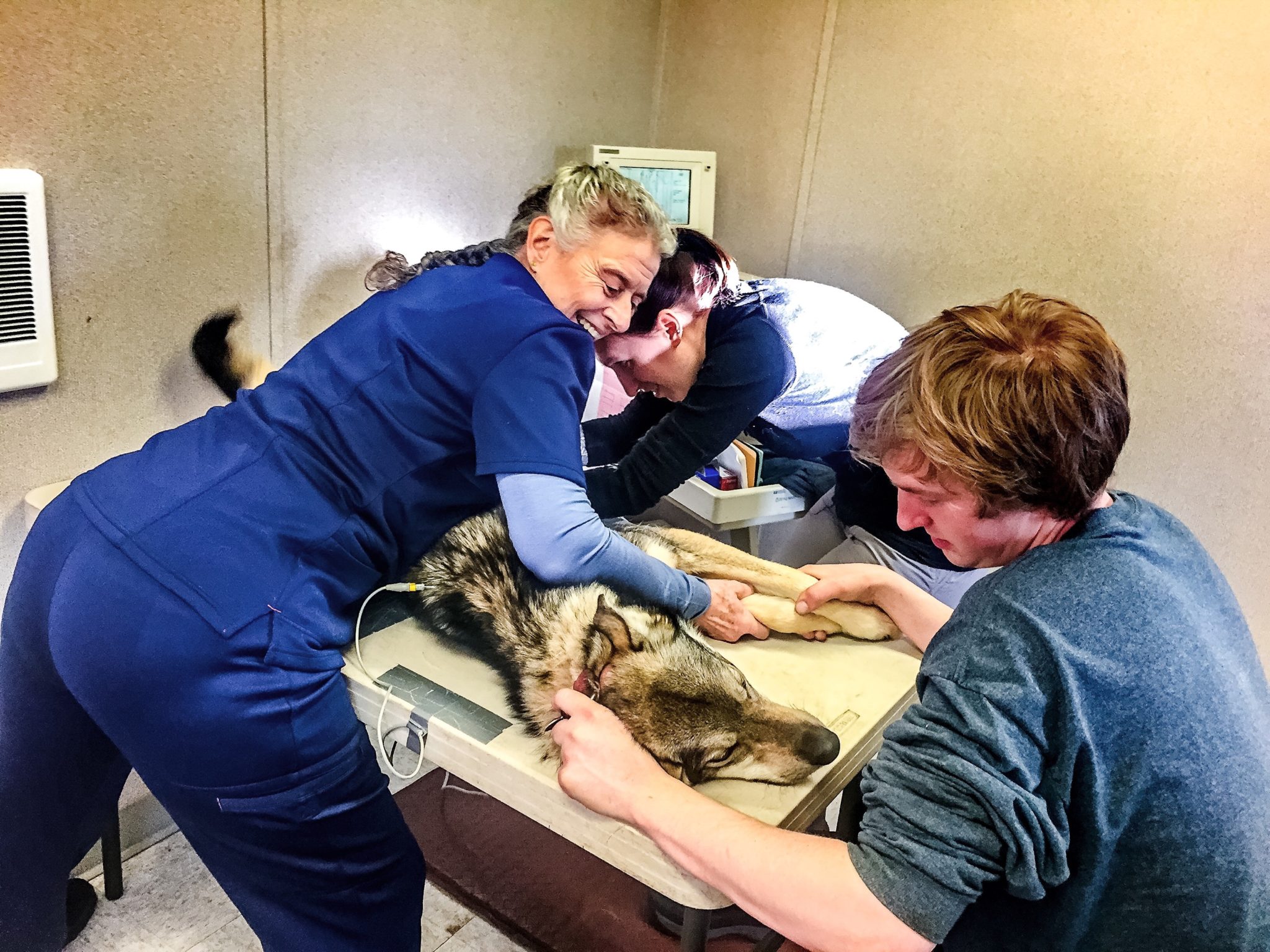
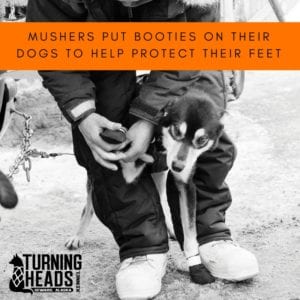
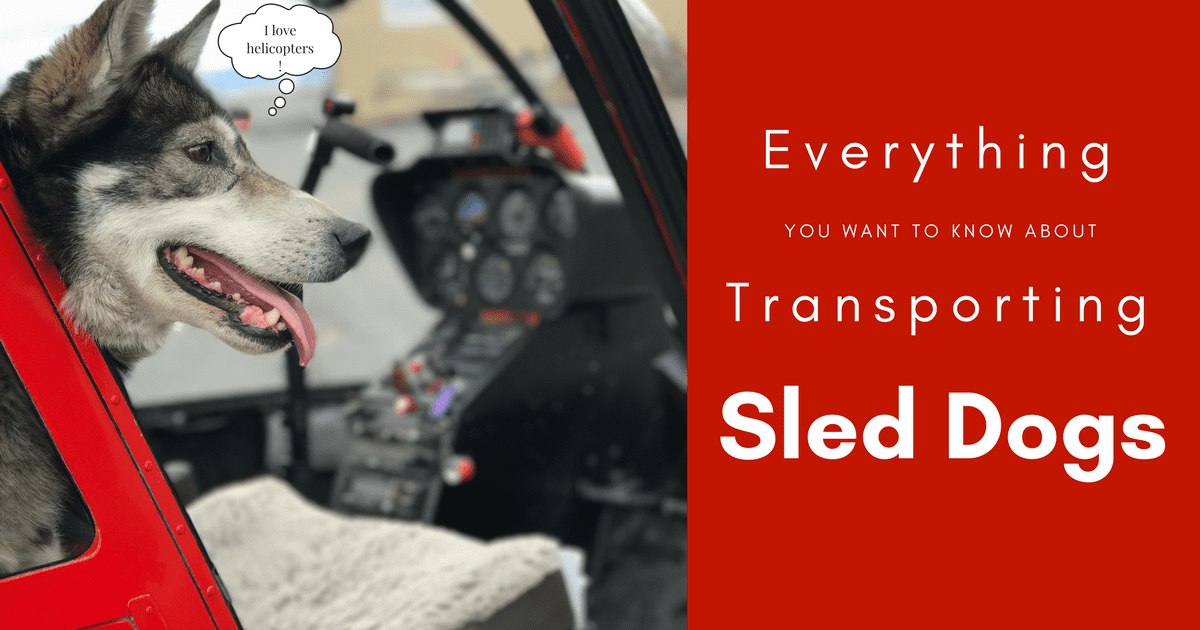 One of the things people are most curious about when they come to visit our kennel in the summer time is how we move our dogs. This curiosity is something that many newer fans to the sport of dog mushing. How does one move a team of sled dogs? Obviously, moving a team of dogs takes lot of careful consideration and planning.
One of the things people are most curious about when they come to visit our kennel in the summer time is how we move our dogs. This curiosity is something that many newer fans to the sport of dog mushing. How does one move a team of sled dogs? Obviously, moving a team of dogs takes lot of careful consideration and planning.